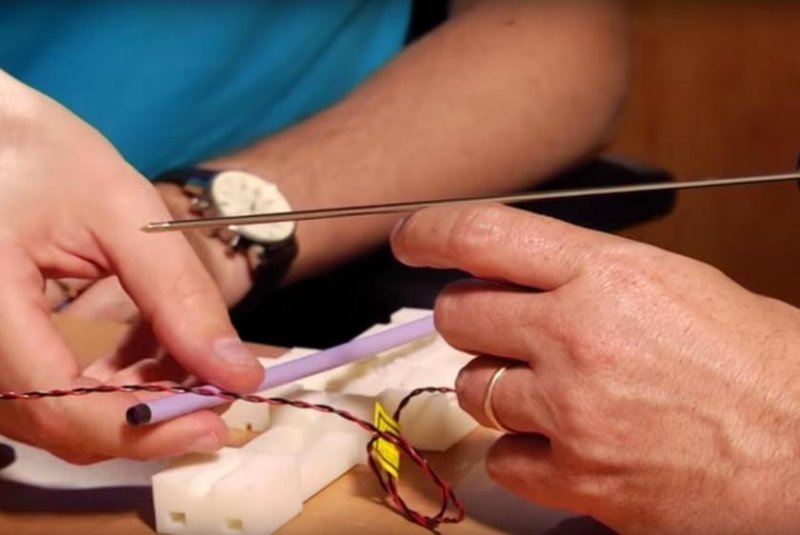JERUSALEM, Feb. 23 (UPI) -- For procedures such as hip and pelvic repair, or spinal fusion surgery, doctors insert a guide wire, allowing them to insert pins and screws holding bone together. The guide wires can bend or break during surgery, however, lengthening the procedure and sometimes causing side effects.
Researchers at the Hebrew University of Jerusalem created a computer-guided system that alerts doctors to a bend in the guide when it happens, allowing it to be corrected. Bends or breaks in the guide wire can lead to revision surgeries, increasing hospitalization time and cost for patients.















